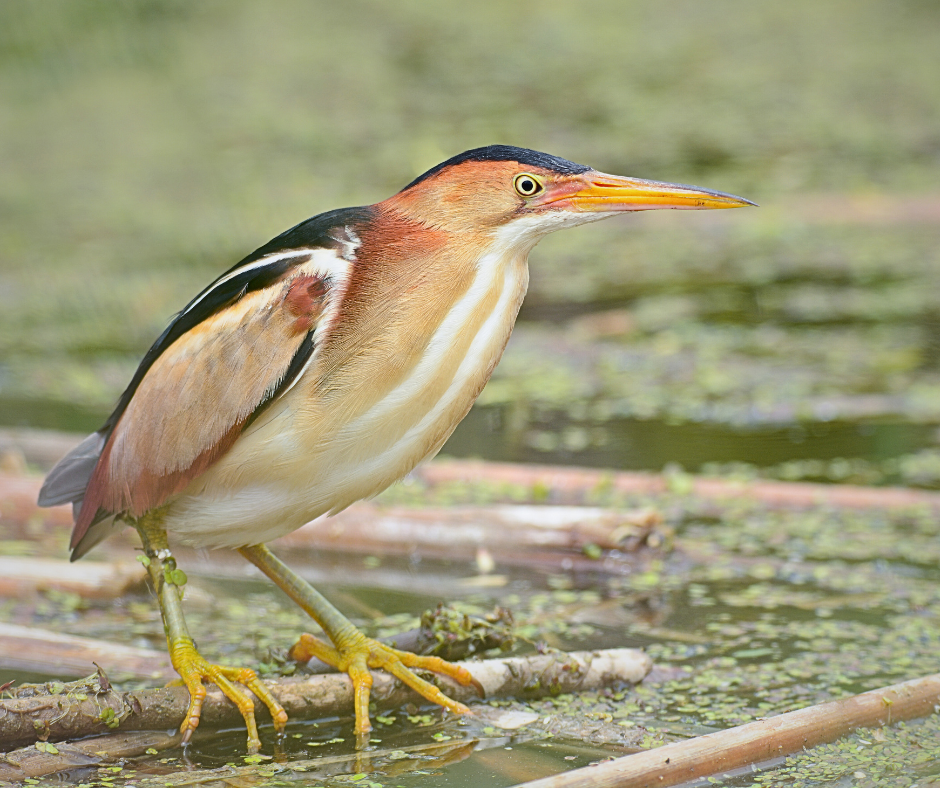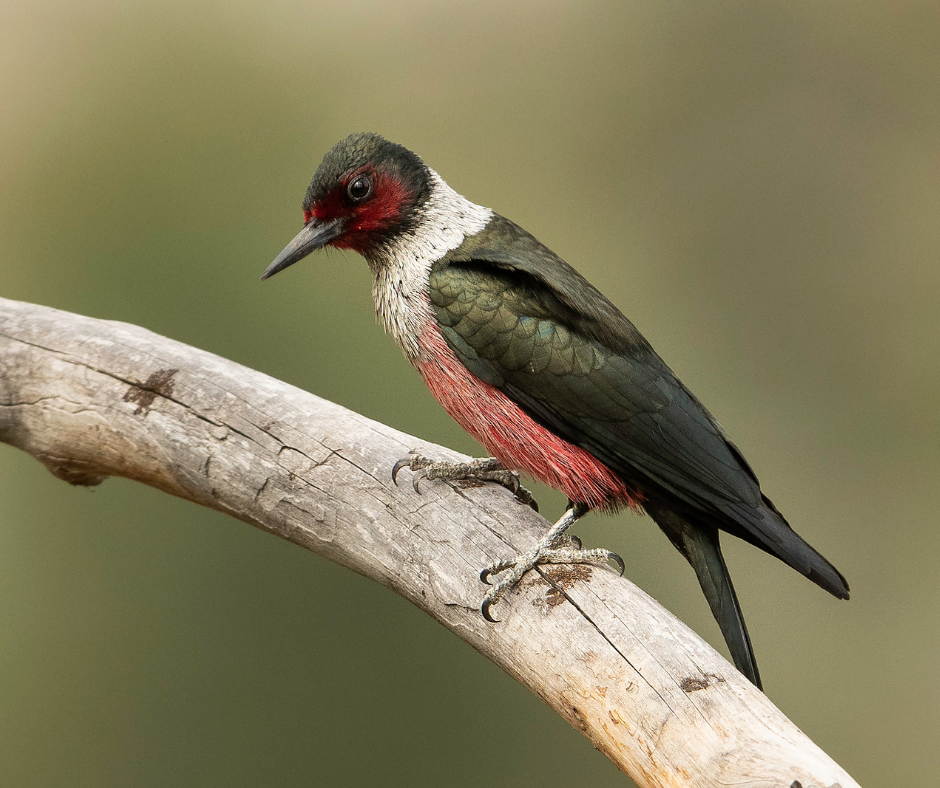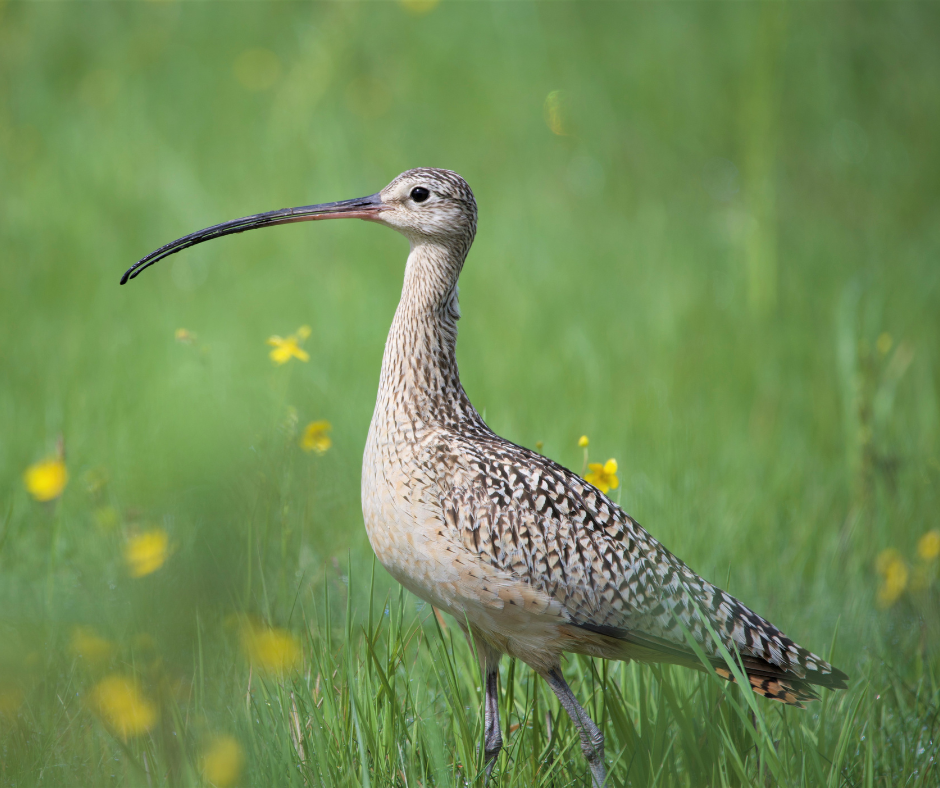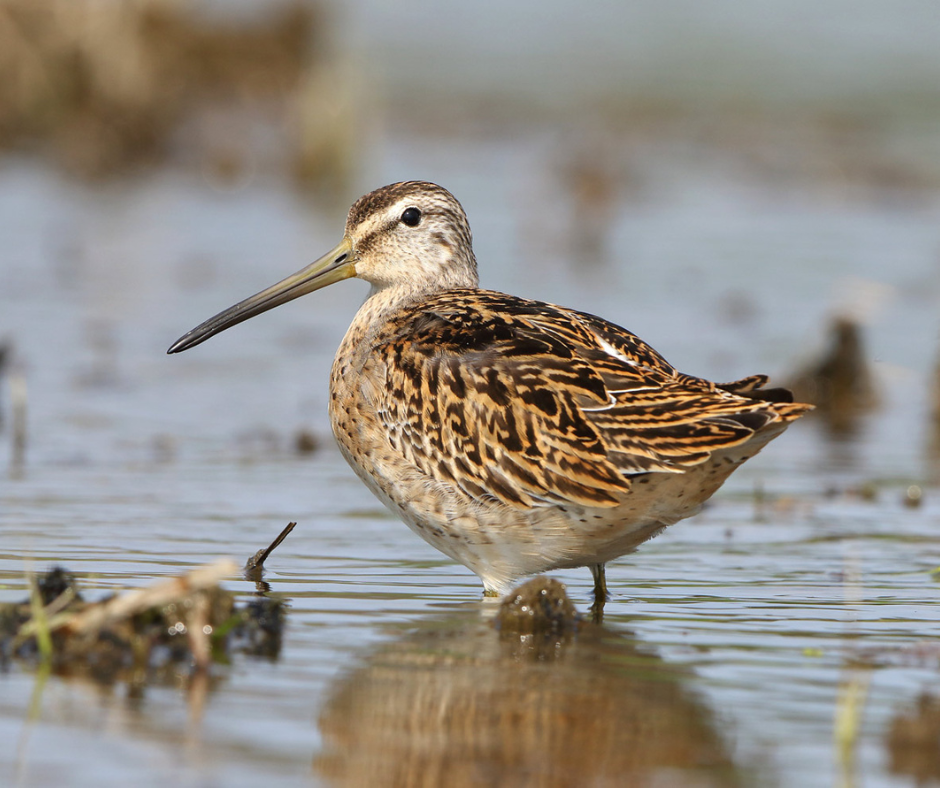By Pete Davidson, Interim Vice President of Science and Monitoring, Birds Canada and member of the Committee on the Status of Endangered Wildlife in Canada (COSEWIC) Birds Specialist Subcommittee, and Dr. Louise Blight, Adjunct Associate Professor, School of Environmental Studies, University of Victoria and Co-Chair, COSEWIC Birds Specialist Subcommittee.
Assessing species extinction risk is one way of measuring biodiversity health. Volunteers who collect data used in conservation assessments, including those of you participating in Birds Canada programs, play an important role. Thank you to all who contribute! In Canada, the Species at Risk Act (SARA) lists species and provides for their recovery based on assessments by an independent scientific body, the Committee on the Status of Endangered Wildlife in Canada (COSEWIC). There are three extinction risk categories used by COSEWIC–Special Concern, Threatened, and Endangered. Globally, extinction risk to all bird species is assessed by BirdLife International, the official Red List Authority for birds for The International Union for the Conservation of Nature (IUCN) Red List of Threatened Species™.
COSEWIC Update
In 2024, COSEWIC assessed the status of six bird species, two for the first time. Reassessments of listed species are required every ten years under SARA. Of the reassessed species, just one improved in status since its previous assessment; the remainder are unchanged, or reassessed at a higher threat level. Ninety-four bird species are now assessed to be at risk of extinction in Canada, a number that only keeps rising.
Least Bittern
It’s a good news story for this small and secretive heron that breeds in freshwater wetlands from Manitoba to the Atlantic. Improved survey coverage from the volunteer-based Marsh Monitoring Program and Ontario Breeding Bird Atlas indicate that it is somewhat more common than when it was last assessed (as Threatened), with a Canadian population that at present is likely stable. This stability likely reflects very significant wetland restoration investments, and optimal water levels for suitable habitat in the Great Lakes region over the past decade.

Least Bittern. Photo: Jax Nasimok
Nonetheless, Least Bittern remains vulnerable to changing water levels, habitat loss, and habitat alteration by invasive plants; thus, it was reassessed as Special Concern.
Lewis’s Woodpecker

Lewis’s Woodpecker. Photo: Ian Routley
This extraordinary, almost crow-like woodpecker of Great Basin habitats in the west remains Threatened for a third decade. Continuing declines in numbers in some areas, combined with ongoing losses of valley-bottom cottonwood stands to development, increasing flood events, and other causes; competition for nest sites with European Starlings; and increasing extreme weather events during the breeding season, are all major concerns. Interestingly, this woodpecker acrobatically catches much of its insect prey on the wing, and until the 1960s it also bred in the open meadow habitats of eastern Vancouver Island and the Fraser Valley, from Comox to Chilliwack.
Long-billed Curlew
This long-lived grassland shorebird that breeds in the Prairies and parts of British Columbia has declined by approximately 50% over the past 20 years. It is consequently assessed as Threatened for the first time, uplisted from its previous status of Special Concern. Reasons for its decline include loss and fragmentation of grassland and suitable agricultural habitat to various forms of development, both in its breeding and wintering range (southwestern US and Mexico), impacts of pesticides on insect prey, increasing extreme weather events

Long-billed Curlew. Photo: Alyssa Hollyoake
including drought, and related changes to water management practices in wintering areas. The curlew belongs to both guilds of highest concern in the recently published State of Canada’s Birds: shorebirds and grassland birds.
Short-billed Dowitcher

Short-billed Dowitcher. Photo: Mike Poole
COSEWIC assesses ecologically and evolutionarily distinct populations of the same species as separate units. This shorebird breeds primarily in fens in the boreal zone, and was assessed as two discrete, unmixing populations: the eastern (Atlantic and Central Flyway) population (subspecies hendersoni and griseus combined) and the Pacific Flyway population (subspecies caurinus). Both are undergoing steep declines and the population of caurinus is particularly small in Canada, with this population qualifying as Endangered and the Central and Atlantic
Flyway population as Threatened. Key threats include disturbance, wetland habitat loss, and habitat degradation along migratory routes and on the non-breeding grounds, and for the Atlantic Flyway population, hunting in the Caribbean and South America.
Kirtland’s Warbler
This colourful wood warbler has always been rare, with only 40-50 birds currently estimated to occur in Canada. The core of their Canadian range lies in Ontario’s Simcoe and Renfrew counties, and there are occasional observations in other parts of southwestern Ontario and in Quebec’s Pontiac region. This tiny population qualifies as Endangered, a status it has retained since it was first assessed in 1979. Without active management, natural forest succession could lead to the loss of suitable pine habitat in Canada (fires create suitable habitat, but are suppressed) – although initiatives to create new habitat in Simcoe County are showing some early signs of success and may offset these losses.
Gray-headed Chickadee
This hardy Arctic chickadee occurs across the European and Russian Arctic, extending into Alaska and far northwestern Canada. It has long been considered uncommon in Canada, but has become increasingly hard to find in recent years: there have only been two observations since 2000 despite it being a target species for birders, and a subject of significant survey effort in 2019. It is assessed as Endangered due to its very small population, and an inferred and projected decline in numbers, a trend also apparent in Alaska. Key threats are likely climate change and increasingly severe weather events, and related changes in natural processes such as freeze-thaw cycles and wildfire, affecting the quality of habitats for nesting, roosting, foraging, and overwinter food storage.
IUCN Red List Update: 14 Canadian Shorebirds uplisted
No fewer than fourteen species of shorebird that breed in Canada were considered more at risk of extinction in the IUCN Red List update in October 2024. Most of these status changes relate to recently-published accelerating declines in North American shorebirds. COSEWIC has already assessed some as Threatened or Endangered (e.g., Hudsonian Godwit, Lesser Yellowlegs, Short-billed Dowitcher), and it is likely that most of the rest will be assessed in the near future. These include many Arctic-breeding species, like Buff-breasted, White-rumped and Stilt Sandpipers, Dunlin, Black-bellied Plover, and Ruddy Turnstone, but also two Prairie and more southerly-breeding species: Killdeer and Marbled Godwit.
To read the latest reports, or to learn more about the work of COSEWIC, visit www.cosewic.ca.
